Renault Captur vs Citroen C4 – Differences & prices compared
Compare performance, boot space, consumption and price in one view.
Find out now: which car is the better choice for you – Renault Captur or Citroen C4?
The Renault Captur (SUV) comes with a Petrol MHEV, LPG, Petrol or Full Hybrid engine and Manuel or Automatic transmission. In comparison, the Citroen C4 (SUV) features a Petrol, Electric or Petrol MHEV engine with Automatic transmission.
When it comes to boot capacity, the Renault Captur offers 422 L, while the Citroen C4 provides 510 L – depending on how much space you need. If you’re looking for more power, decide whether the 158 HP of the Renault Captur or the 156 HP of the Citroen C4 suits your needs better.
In terms of consumption, the values are 4.50 L per 100 km for the Renault Captur, and 14.50 kWh4.70 L for the Citroen C4.
Price-wise, the Renault Captur starts at 20100 £, while the Citroen C4 is available from 20000 £. Compare all the details and find out which model fits your lifestyle best!
In the showdown between the Citroen C4 and the Renault Captur, both cars offer a distinct flair for those seeking stylish compact vehicles. The Citroen C4, with its smooth lines and innovative suspension, delivers exceptional comfort and a futuristic design aesthetic. Meanwhile, the Renault Captur stands out with its versatile interior and impressive fuel efficiency, making it a top choice for urban explorers seeking practicality without sacrificing style.
Renault Captur
The Renault Captur is a compact SUV that combines stylish design with practical functionality, making it a popular choice for urban drivers. Its interior offers a versatile and comfortable space, featuring high-quality materials and modern technology. On the road, the Captur delivers a smooth and efficient driving experience, perfect for both city commutes and weekend adventures.
details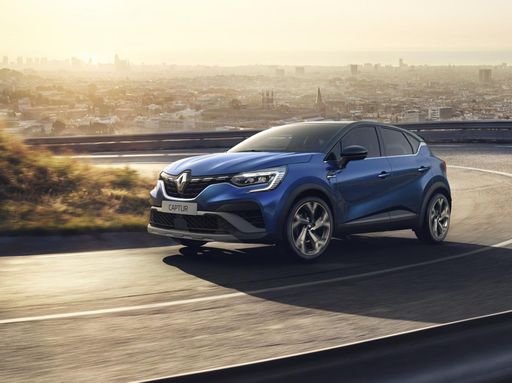 @ renault-presse.de
@ renault-presse.de
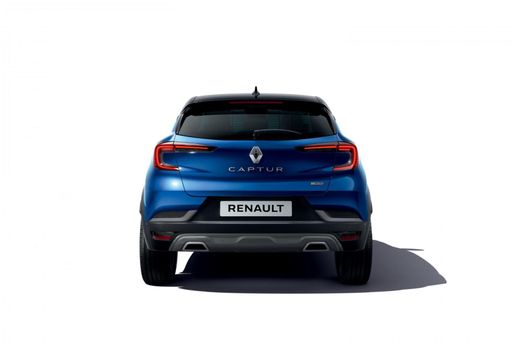 @ renault-presse.de
@ renault-presse.de
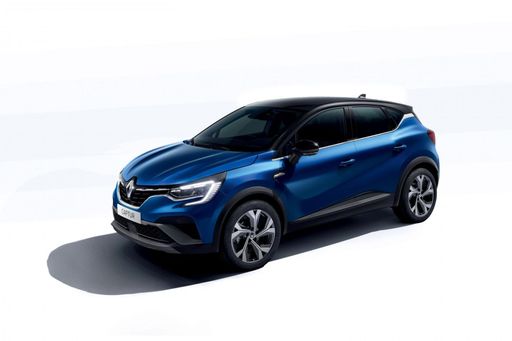 @ renault-presse.de
@ renault-presse.de
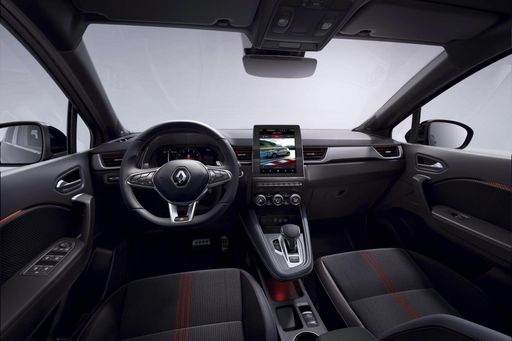 @ renault-presse.de
@ renault-presse.de
Citroen C4
The Citroen C4 combines contemporary style with a comfortable driving experience, making it a standout choice in the compact car segment. Its sleek silhouette is complemented by a range of thoughtful interior features, providing both driver and passengers with a pleasant journey. With modern technology seamlessly integrated into its design, the C4 offers an efficient performance that caters to urban and rural environments alike.
details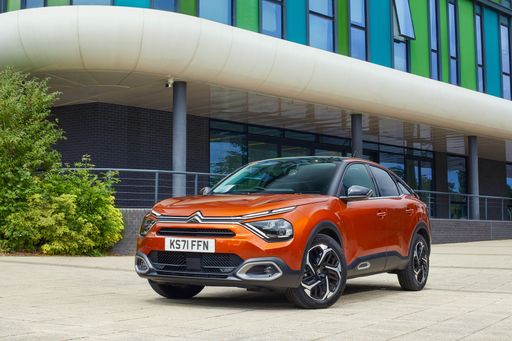 @ media.stellantis.com
@ media.stellantis.com
 @ media.stellantis.com
@ media.stellantis.com
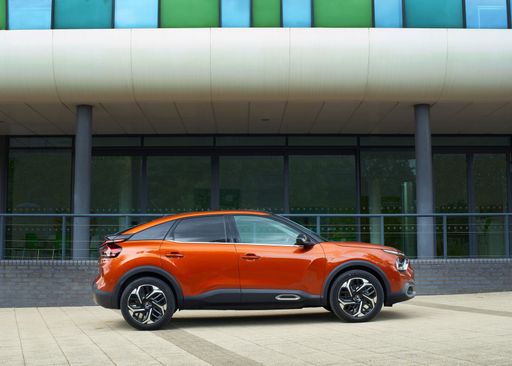 @ media.stellantis.com
@ media.stellantis.com
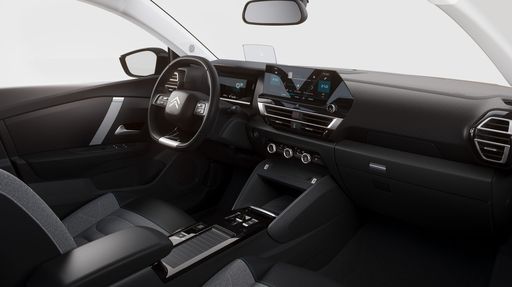 @ media.stellantis.com
@ media.stellantis.com
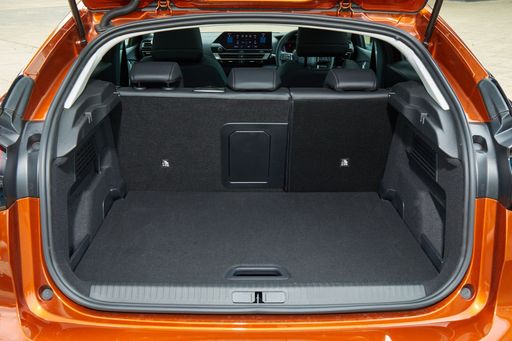 @ media.stellantis.com
@ media.stellantis.com
Dynamic Duo: Citroen C4 vs. Renault Captur
In the crowded SUV market, the Citroen C4 and the Renault Captur are two models that stand out, each offering a blend of style, performance, and innovation. While both hail from esteemed French automotive houses, they bring distinct qualities to the table. This comparison delves into the technical aspects and innovations of each, helping you decide which might suit your automotive appetite better.
Design and Dimensions
The Citroen C4 presents a length of 4350 mm, standing slightly longer than the Renault Captur's 4239 mm. This size difference is complemented by the C4's slightly wider stance at 1834 mm compared to the Captur's 1797 mm width, offering a broader and more stable presence on the road. Despite its compact design, the Captur’s height of 1575 mm gives it a slightly higher ride compared to the C4's 1525 mm.
Power and Performance
The Citroen C4 offers an array of engine types, including petrol, mild hybrid electric (MHEV), and fully electric variants. With power outputs ranging from 101 HP to 156 HP, it caters to various driving preferences. The electric version of the C4 boasts an impressive range of up to 427 km, powered by a battery capacity of up to 51 kWh.
On the other hand, the Renault Captur also provides a versatile engine lineup with petrol, LPG, full hybrid, and mild hybrid options. Its power ranges from 91 HP to 158 HP. The full hybrid variant adds to its appeal, combining efficient fuel consumption and enhanced performance with a smooth automatic gearbox.
Fuel Efficiency and Environmental Impact
Both SUVs are designed with environmental consciousness in mind. The Citroen C4's CO2 emissions can be as low as 0 g/km for the electric variant, making it a strong contender for eco-friendly driving. For non-electric versions, C4 emissions vary between 106 and 134 g/km, with consumption rates from 4.7 to 5.9 L/100km.
The Renault Captur holds its own with CO2 emissions starting from 106 g/km, and a consumption range between 4.7 and 7.8 L/100km. Its full hybrid technology enables the highest efficiency in fuel consumption, marking it as a sustainable choice for today’s conscientious driver.
Transmission and Drive
Both competitors feature front-wheel drive as standard across their ranges. The C4 offers options of dual-clutch automatic and a reduction gearbox for its electric model, delivering smooth power transitions and responsive handling. The Captur provides similar transmission choices, including both automatic and dual-clutch manual gearboxes, offering versatility for different driving preferences.
Interior and Cargo Space
Inside, the Citroen C4 offers a generous trunk capacity of up to 510 liters, providing ample space for family trips and personal adventures. The Renault Captur, while slightly more compact, offers a practical trunk capacity of up to 422 liters, adapting well to urban environments where parking space is at a premium.
Final Thoughts
Both the Citroen C4 and Renault Captur bring strong attributes to the SUV market. If range, innovative electric options, or extensive cargo space are your priorities, the C4 might be the better choice. However, if versatility in powertrains and a higher ride height are more your speed, the Captur could be more suitable. Ultimately, both models deliver reliable performance, sophisticated French design, and a touch of innovation, ensuring you’ll be satisfied no matter your choice.

|

|
|
|
|
Costs and Consumption |
|
|---|---|
|
Price
20100 - 28300 £
|
Price
20000 - 32000 £
|
|
Consumption L/100km
4.5 - 7.8 L
|
Consumption L/100km
4.7 - 5.9 L
|
|
Consumption kWh/100km
-
|
Consumption kWh/100km
14.5 - 15.3 kWh
|
|
Electric Range
-
|
Electric Range
354 - 427 km
|
|
Battery Capacity
-
|
Battery Capacity
46 - 51 kWh
|
|
co2
102 - 139 g/km
|
co2
0 - 134 g/km
|
|
Fuel tank capacity
40 - 48 L
|
Fuel tank capacity
44 - 50 L
|
Dimensions and Body |
|
|---|---|
|
Body Type
SUV
|
Body Type
SUV
|
|
Seats
5
|
Seats
5
|
|
Doors
5
|
Doors
4 - 5
|
|
Curb weight
1293 - 1514 kg
|
Curb weight
1341 - 1659 kg
|
|
Trunk capacity
326 - 422 L
|
Trunk capacity
380 - 510 L
|
|
Length
4239 mm
|
Length
4350 - 4580 mm
|
|
Width
1797 mm
|
Width
1800 - 1834 mm
|
|
Height
1575 mm
|
Height
1520 - 1525 mm
|
|
Payload
376 - 457 kg
|
Payload
381 - 406 kg
|
Engine and Performance |
|
|---|---|
|
Engine Type
Petrol MHEV, LPG, Petrol, Full Hybrid
|
Engine Type
Petrol, Electric, Petrol MHEV
|
|
Transmission
Manuel, Automatic
|
Transmission
Automatic
|
|
Transmission Detail
Manual Gearbox, Dual-Clutch Automatic, Automatic Gearbox
|
Transmission Detail
Automatic Gearbox, Dual-Clutch Automatic, Reduction Gearbox
|
|
Drive Type
Front-Wheel Drive
|
Drive Type
Front-Wheel Drive
|
|
Power HP
91 - 158 HP
|
Power HP
110 - 156 HP
|
|
Acceleration 0-100km/h
8.5 - 14.3 s
|
Acceleration 0-100km/h
8 - 10.8 s
|
|
Max Speed
168 - 180 km/h
|
Max Speed
150 - 210 km/h
|
|
Torque
160 - 270 Nm
|
Torque
205 - 270 Nm
|
|
Number of Cylinders
3 - 4
|
Number of Cylinders
3
|
|
Power kW
67 - 116 kW
|
Power kW
81 - 115 kW
|
|
Engine capacity
999 - 1789 cm3
|
Engine capacity
1199 cm3
|
General |
|
|---|---|
|
Model Year
2024 - 2025
|
Model Year
2025
|
|
CO2 Efficiency Class
D, C
|
CO2 Efficiency Class
D, A, C
|
|
Brand
Renault
|
Brand
Citroen
|
Renault Captur
The Renault Captur: A Modern Fusion of Style and Efficiency
The Renault Captur has carved a unique niche for itself in the compact SUV segment, combining eye-catching design with advanced technology. As we delve into its technical specifications and innovative features, it's clear why this model continues to captivate automotive enthusiasts and everyday drivers alike.
Under the Bonnet: Power and Performance
The Renault Captur offers a diverse range of powertrains, catering to different driving preferences and needs. Whether you opt for a full hybrid or a mild-hybrid petrol engine, the Captur provides an impressive blend of power and efficiency. The power output ranges from 91 to 158 PS, ensuring a versatile drive whether you're navigating urban streets or hitting the open road.
With a fuel consumption range of 4.7 to 7.8 L/100km, Renault has engineered the Captur with an environmental focus, presenting one of the more economical offerings in its class. The CO2 emissions range from 106 to 139 g/km, adhering to modern demands for reduced environmental impact without compromising on performance.
Technological Innovation: E-Tech Hybrid System
An exciting feature of the Captur is its E-Tech hybrid system, a testament to Renault's commitment to innovation. This system intelligently combines a petrol engine with an electric motor to optimise energy usage, offering both power and efficiency seamlessly. This technology is particularly beneficial in urban settings where frequent stopping and starting can traditionally increase fuel consumption and emissions.
Driving Dynamics and Comfort
The Renault Captur is built with front-wheel drive and offers both manual and automatic transmission options, including cutting-edge dual-clutch systems for smooth gear changes. Offering a maximum torque of 160 to 270 Nm ensures a responsive drive across various terrains. Coupled with its agile handling and a maximum speed range of 168 to 180 km/h, the Captur is as adept on a motorway as it is in city environments.
Comfort has not been overlooked; with five seats and spacious dimensions of 4239 mm in length, 1797 mm in width, and 1575 mm in height, the Captur provides ample space for passengers and luggage alike. The boot space ranges from 326 to 422 litres, accommodating anything from daily grocery shopping to holiday luggage with ease.
Manufacturing Excellence: Safety and Quality Features
Safety and quality are core components of the Captur's design. It features advanced safety technologies and driver-assistance systems, ensuring peace of mind on every journey. The model's CO2 efficiency classes range between C and D, aligning with current environmental standards while still prioritising driver and passenger safety.
Conclusion: A Compelling Choice in Its Class
With a price range between €22,950 to €32,750, the Renault Captur represents a compelling balance of affordability and feature-rich ownership. For those seeking a vehicle that harmonises cutting-edge technology, ecological mindfulness, and dynamic driving experiences, the Captur stands out as a particularly attractive choice in the competitive SUV market.
In summary, the Renault Captur's combination of modern styling, advanced hybrid technology, and practical features places it firmly as a leading contender for anyone considering a contemporary SUV purchase.
Citroen C4
A Glimpse into the Citroën C4: Design Meets Technology
The Citroën C4 has long been a symbol of innovation and style in the world of compact cars. Combining sleek design with cutting-edge technology, the 2023-2024 models offer drivers a host of options and features tailored to modern needs. Whether powered by petrol, diesel, or hybrid engines, the Citroën C4's various configurations offer something for everyone.
Powertrain Options: Choosing Your Perfect Fit
The Citroën C4 accommodates a range of power preferences, offering diesel, petrol, mild-hybrid, and 100% electric versions. Its engine choices range from a 101 PS petrol engine to a 156 PS electric motor, providing versatile performance across the board. The hybrid models offer an impressive balance of power and efficiency, with the mild-hybrid petrol models achieving consumption rates as low as 4.8 L/100km. For those leaning towards eco-friendly options, the electric variants do not disappoint, boasting an economical use of 14.7 to 15.3 kWh/100km, with a robust range extending up to 422 km.
Advanced Drive: Transmission and Handling
Every Citroën C4 is equipped with front-wheel drive, ensuring a stable and confident driving experience. The models offer both manual and automatic transmissions, with choices such as a slick automatic gearbox or a manual shift for those who prefer a more hands-on driving experience. The automatic transmissions enhance driving comfort, particularly in urban areas, while the manual alternatives cater to enthusiasts who enjoy a more engaged driving style.
Interior Innovation: Comfort and Connectivity
Inside, the Citroën C4 does not disappoint. With seating for five and ample boot space ranging from 380 to 510 litres, it ensures comfort and practicality. Advanced technological features include a multifaceted infotainment system that supports seamless connectivity, making every journey as enjoyable as possible. The array of trim lines like Max and Plus offer varying degrees of luxury and convenience, allowing customers to tailor their vehicle to their personal preferences.
Performance and Environmental Impact
The C4's performance metrics are equally impressive, with acceleration from 0-100 km/h as quick as 8 seconds and a top speed of up to 206 km/h in selected models. The CO2 efficiency rating of the C4 spans from class A to D, ensuring drivers can find a version that aligns with their sustainability goals without compromising on performance.
Safety and Future-Ready Features
Citroën has equipped the C4 with a range of safety features designed to protect drivers and passengers alike. From advanced driver assistance systems to robust structural integrity, the C4 makes safety a priority. Additionally, forward-thinking features such as adaptive cruise control and lane-keeping assist anticipate future driving needs, keeping the Citroën C4 at the forefront of automotive innovation.
Conclusion: The Citroën C4 Experience
Citroën's C4 continues to stand out in a competitive market by offering innovative solutions that cater to diverse driving preferences. With its blend of stylish design, multifaceted drivetrain choices, and cutting-edge technology, the C4 embodies a modern vision of what a compact car can be, catering to drivers who value performance, economy, and style.
Which drive types are available for the Renault Captur?
Available as .
The prices and data displayed are estimates based on German list prices and may vary by country. This information is not legally binding.
